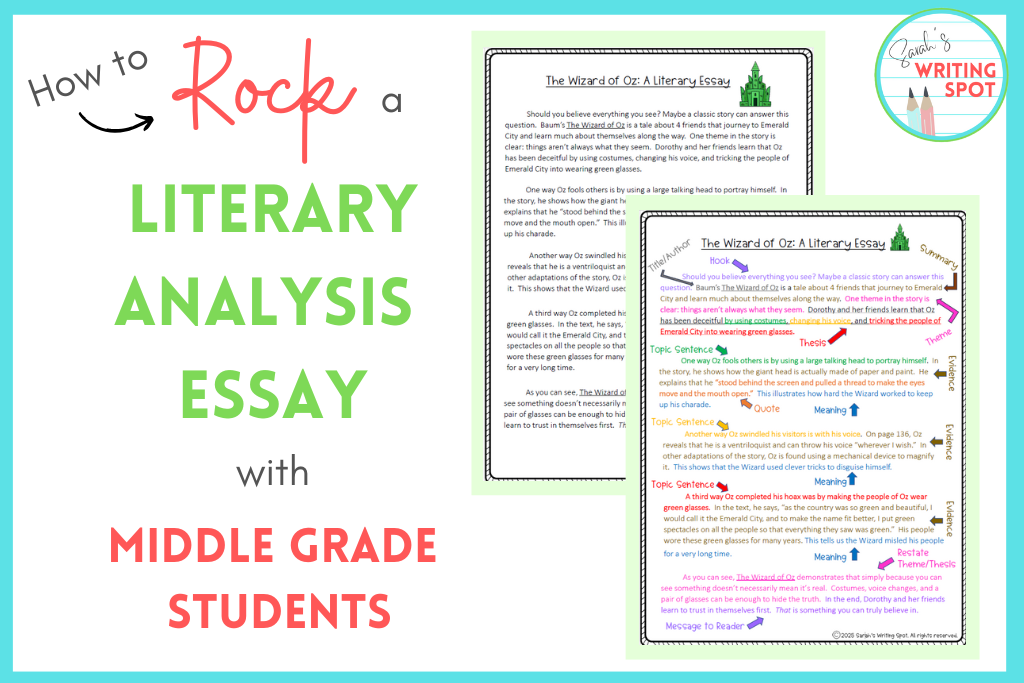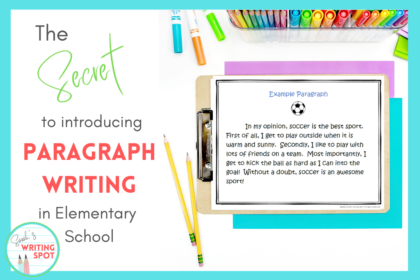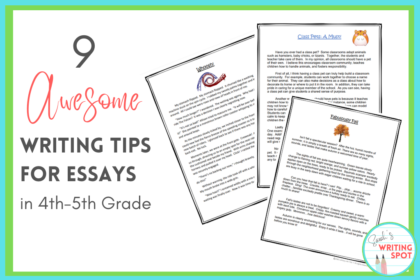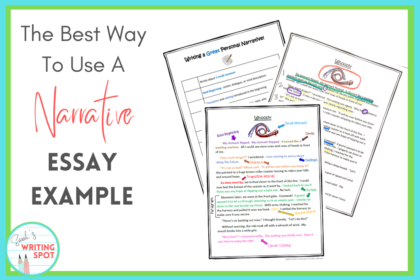Ever heard of a literary analysis essay? Nope? Me, neither. At least, I hadn’t a few years ago. I didn’t even know it was a “thing.” The literary essay, however, has quickly become a hot new topic in the writing world.
And what do we know about hot new topics in education? There are very few resources for them. As a teacher, that can be…frustrating. VERY frustrating.
How do you teach something new if you don’t have any background knowledge or materials?
Never fear! That’s the very reason I’m here. Yep. I wrote this blog for YOU. To give you all the resources you need to rock your next literary unit with confidence.
Before we crack open this topic, though, let’s hit the pause button. If you’re reading this article, you must be an educator. You must be a teacher or homeschooling parent that cares a LOT about your student or child being successful with writing.
Consider, then, how cool it would be to keep learning new writing tips even after this blog is over? You could get tips straight to your inbox that are only a quick click away. (Consider it like your own personal teaching assistant, ready to help when needed!)
The literary essay is a tricky one. When I first started teaching it, I think I confused my students more than I’d like to admit. The truth is, I was confused myself!
Although the structure of a literary essay follows a typical 5-paragraph format, the theme and thesis are where my students kept getting stuck. And when you don’t have a good thesis…well, the rest of the essay just kinda falls apart.
This, and a few other road bumps, led me to dig deeper into how I could simplify a literary essay for my struggling kiddos…
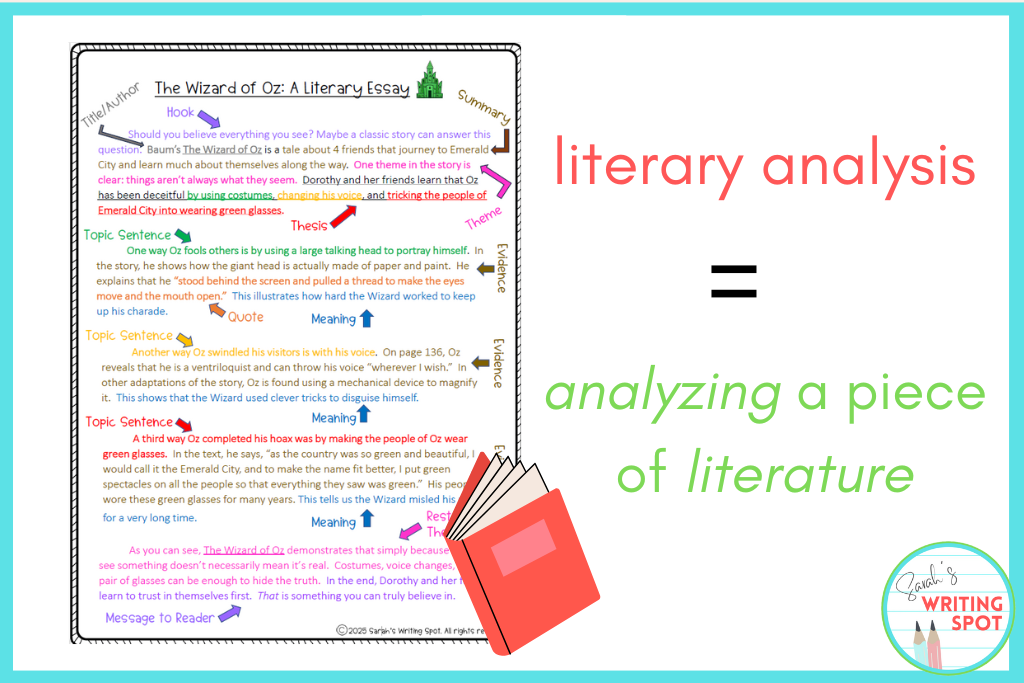
What is Literary Analysis Essay Writing?
Let’s back it up and start with the basics of literary analysis essay writing.
You may be familiar with more common 5-paragraph essays such as persuasive, research, or descriptive. All of these are similar in structure but have a few differences that make them unique. It’s the same with the literary essay.
Basically, a literary analysis essay does what it says: it “analyzes” a piece of “literature.” The class, or individual students, read a text and write about one of the themes.
The introduction of a literary essay includes:
- Title and author
- Brief summary
- Theme
- Thesis: identifying 3 parts of the story that support the theme
The body paragraphs of a literary essay include:
- Evidence from the text (For example, …)
- Meaning for the evidence (This shows…)
The closing of a literary essay includes:
- Restating the theme & thesis
- Message for the reader
Overall, the main hallmarks of a 5-paragraph essay remain the same: introduction, 3 body paragraphs, and a closing.
How to Write a Literary Analysis Essay
Now that you know what a literary essay is, let’s talk about how to write a literary analysis essay.
Tip 1: Model with a Literary Analysis Essay Example
I preach this in almost all of my blogs. ALWAYS start a writing unit with an example. How can students do their best if they don’t know what the end product should look like?
You can either write your own essay example or use this one that I created for my own students. I always take a full class period to analyze the specific characteristics of a literary essay. We get down to the nitty-gritty! (see below)
Tip 2: Plan for Theme & Thesis with Graphic Organizers
Before writing the rough draft, be sure students have picked a solid theme. Some common examples from literature include:
Never give up
Our differences make us special
Working as a team is better than working alone
Most importantly, make sure students can identify 3 parts of the story that support that theme. If they can’t? Time to pick a different theme.
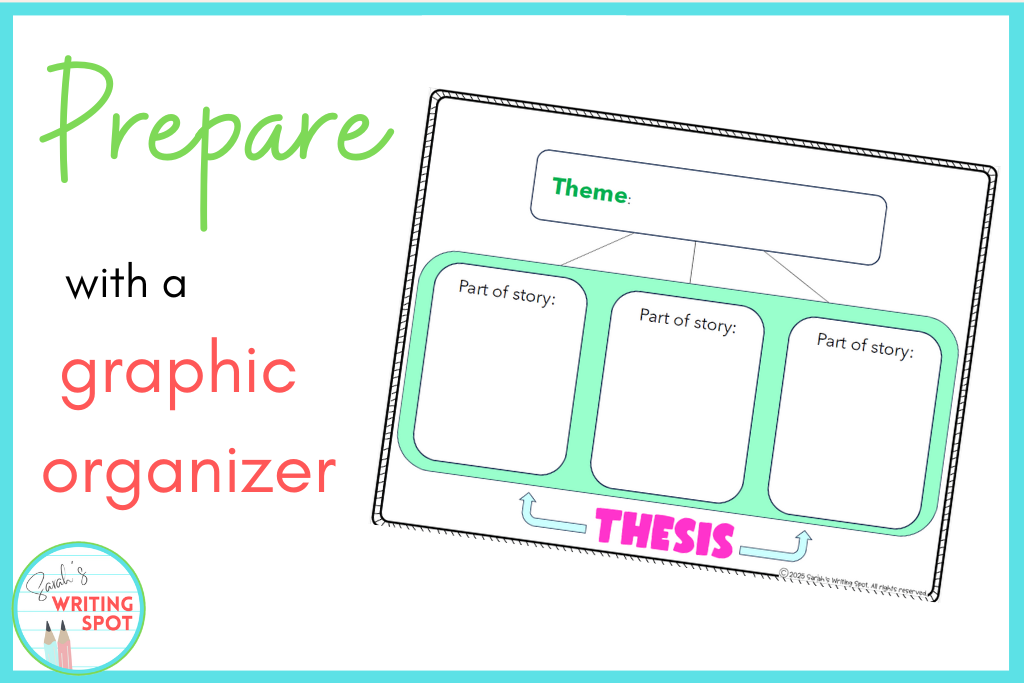
Tip 3: Use This Literary Analysis Essay Outline
Now that you’ve looked at an example and chosen a theme & thesis, you can use this literary analysis essay outline to finish the job!
Day 1: Pre-write with a graphic organizer
Day 2: Introduction
Day 3: Body Paragraph #1
Day 4: Body Paragraph #2
Day 5: Body Paragraph #3
Day 6: Closing
Day 7: Revise/Edit
Day 8: Final Draft
Each day, be sure to model the process first before giving students a turn to write.
Tip 4: Use Literary Analysis Words
One of the tricky parts of a literary essay is transitioning from the evidence to the meaning. A lot of students get stuck here. Enter: literary analysis words. I also like to call them “literary transition words.” These words help students move seamlessly from the evidence to their meaning.
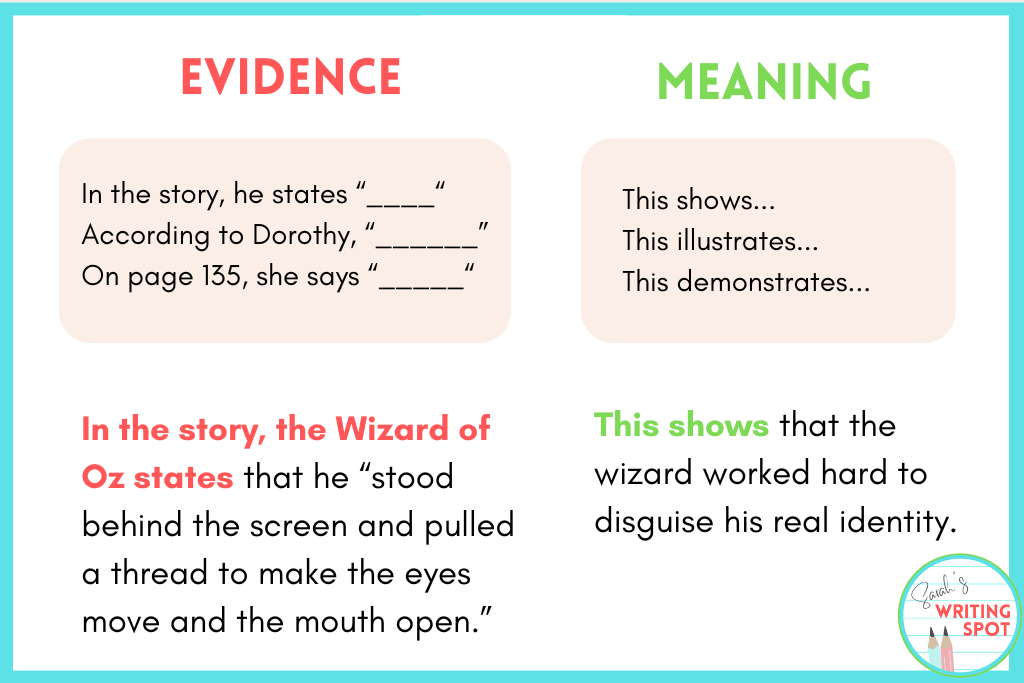
Final Thoughts
Now you’re ready to fearlessly tackle your next literary analysis essay unit. Just take things slow and follow the tips above.
Next step: head to the library and choose a book. If you’re a first-timer, I recommend modeling with your students using a picture book. Great choices include The Giving Tree or The Most Magnificent Thing. You can also use a book that your class has read together.
Happy writing (and reading)!
SARAH
Related Articles on Literary Analysis Essay Writing
Writing About Reading: A Quick Guide to Quick Literary Essays
Getting Ready for Literary Essays
